The Vimin VM-S250402 is perhaps one of the more unique switches we have seen in some time. It has four 2.5GbE and two SFP+ 10GbE ports and is a low-cost unit, usually found with discounts for under $70. It also has at least two major quirks that set it apart from switches like the YuanLey YS25-0402. That makes it fun to review.
Vimin VM-S250402 Overview
We featured this video in our September 2023 mini-round-up of fanless 2.5GbE switches that you can find here:
We have also added this switch to the Ultimate Cheap Fanless 2.5GbE Switch Buyer’s Guide where we have now listed 32 models and we already have 5 more switches tested, but not on that list. Bookmark that page to get the latest, we will like all of these reviews from that page.
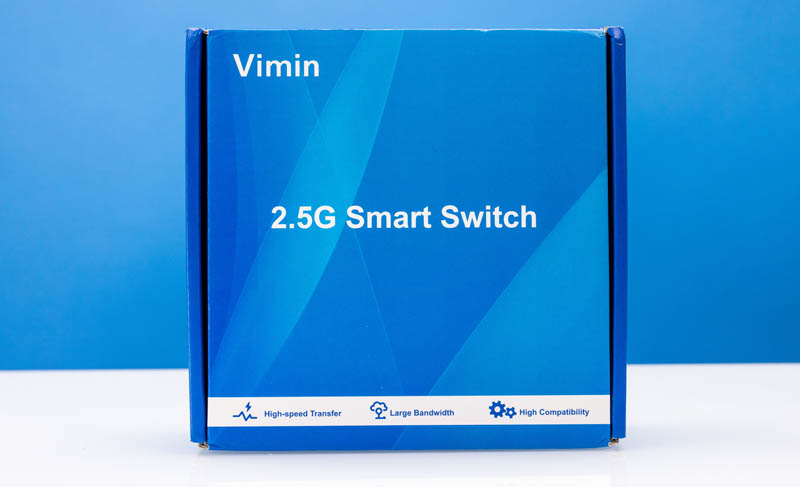
The Vimin box was actually one of the nicer units we saw. Also, the switch came with something that very few of the other switches in the dozens that we have tested has come with: an ESD bag.
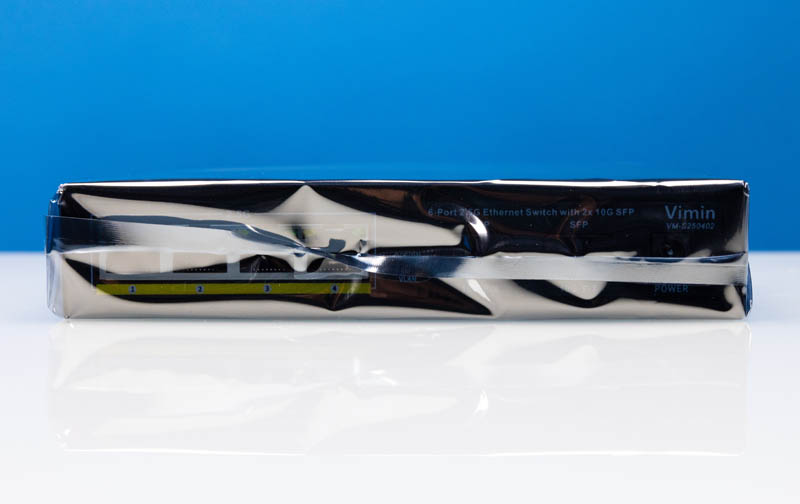
The entire unit came in an ESD bag. Usually, these switches arrive as a bare switch in cardboard or sometimes in a clear plastic bag. We thought we would at least mention this since it is different. Now though, let us get to the switch itself.
Vimin VM-S250402 Hardware Overview
On the front of the switch, one can see four 2.5GbE ports and two SFP+ ports. The SFP+ ports are labeled SFP not SFP+ although there is a “10G” marking below them.
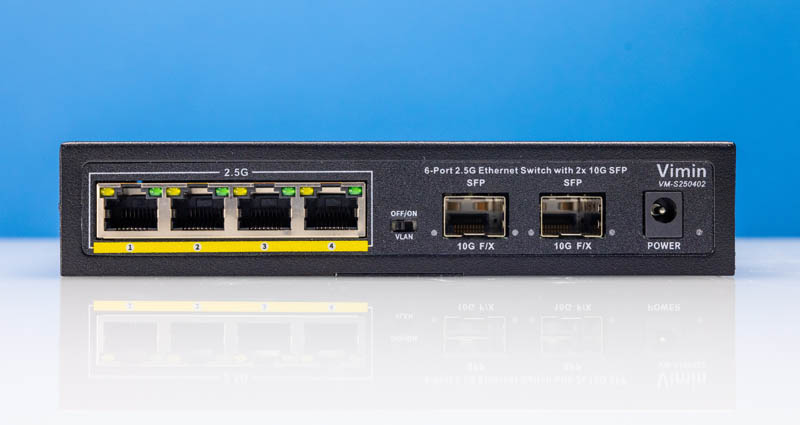
A unique feature of the switch is the OFF/ON VLAN switch. The default for the switch is OFF. If you unknowingly flip ON there is a good chance you will have problems. The VLAN ON sets up port isolation on the 2.5GbE ports so they cannot communicate with each other, just the upstream SFP+ ports. This is not well documented and we can see a large set of readers that will be perplexed by this since they may simply think that it turns on the ability to pass VLAN tags across the switch.
Then comes the SFP+ port quirks. Apparently, there is a PoE version of this switch hence the LED status lights in the yellow bar below the 2.5GbE ports. On that PoE version, there is a microcontroller that manages power. That microcontroller is not present here. As a result, using SFP+ DACs can be problematic as inserting/ removing them can cause grounding issues that reboot the switch. Here is the forum post on that. In a strange twist, it is probably better to use cheap 10Gb SFP+ optics with this cheap switch.
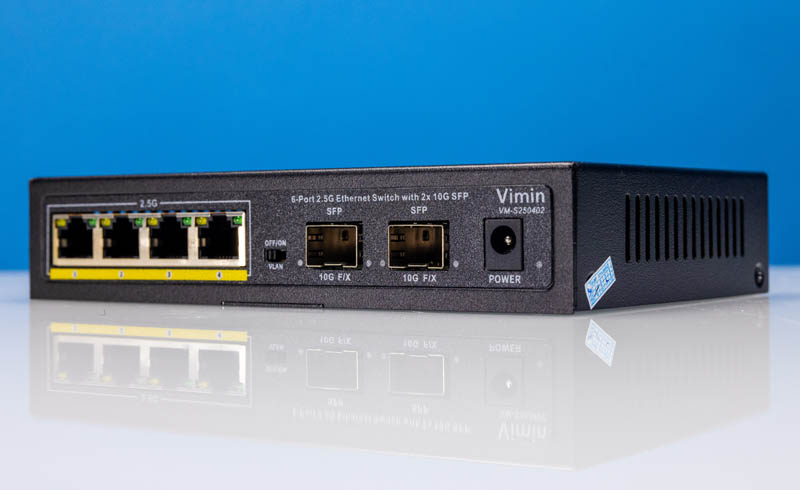
The power being on the front means all cables are on the front which many prefer, but there is no locking mechanism to ensure that DC power remains connected if other cables are pulled.
The switch itself is is a bit deeper than others that we have seen with this port configuration.
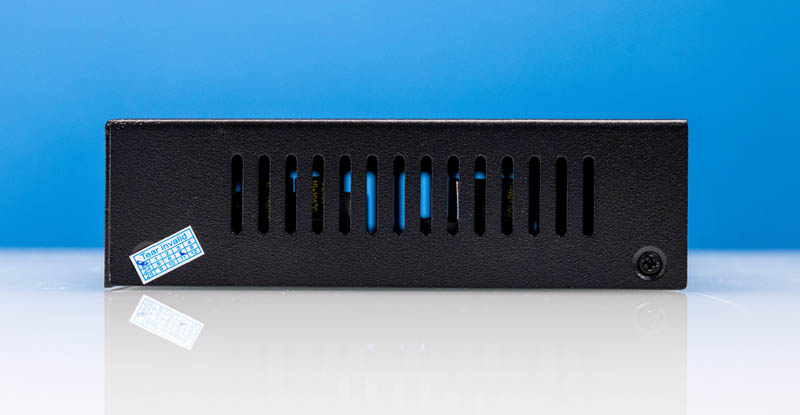
Here is the other side of the switch we can see vents, but no fans since this is a fanless switch.
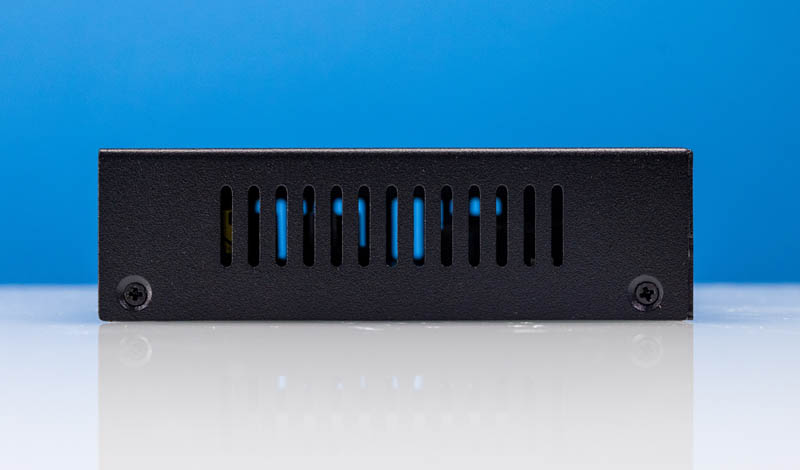
The rear does not have a grounding point which is something we would expect to see on one of these small metal switches.
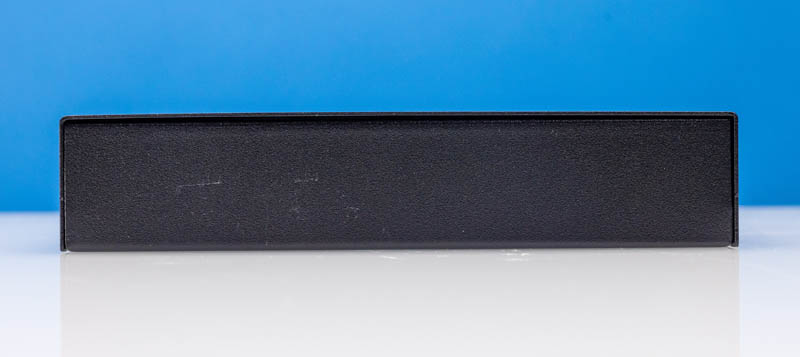
On the bottom, we get a label with a date code that looks like the 6 is in the wrong location.
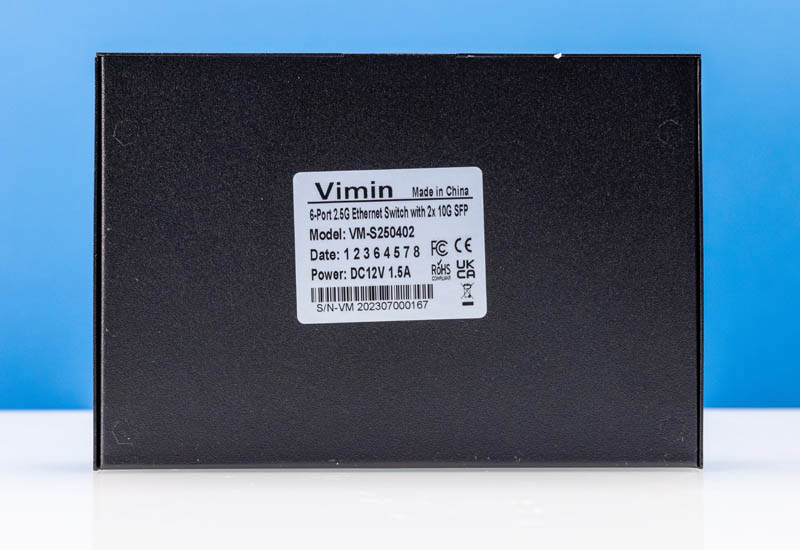
Inside the switch, we can see the ports with nothing below the PCB.
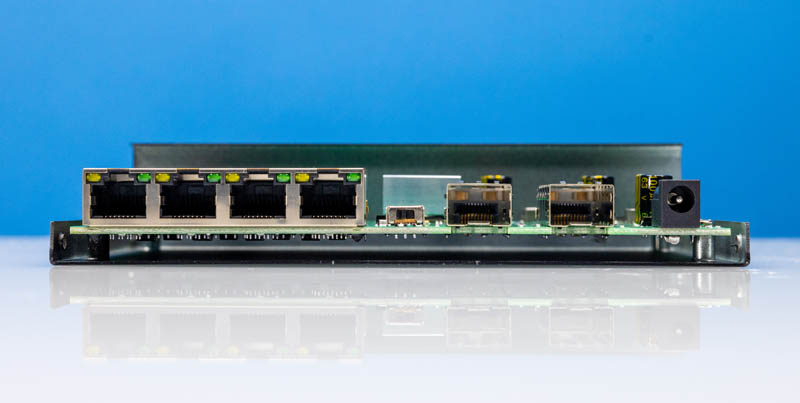
With the overview, we can see a simple layout. We can also see where we would expect the PoE board would go on a PoE version of this switch just below the 2.5GbE ports.
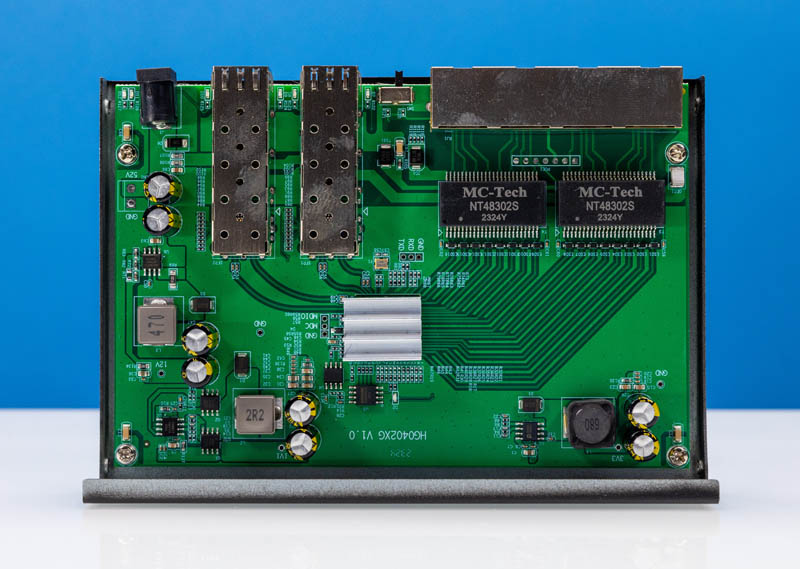
This is also a relatively small and simple heatsink compared to other switches in this class.
Next, let us get to performance and power consumption.

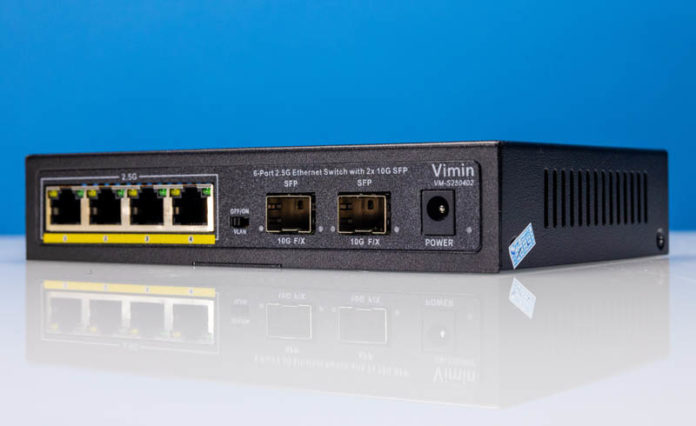



Bought one of these a few months ago. Had only issues with it..it would reboot my router when it was connected..No other switch ever did that..I tried all ports and all did the same.
A case of “You get what you pay for.” In other words, another “Buyer Beware” product.
No obvious UL approval among the sea of impressive looking labels on the bottom of the case.
And the review points out technical issues in the ‘Final Words’.
Here’s a link to the forum thread where I had my problem with combinining DACs on the SFP with some RJ45’s on the other side:
https://forums.servethehome.com/index.php?threads/cheap-interesting-chinese-4×2-5g-2x10g-switch-but-also-problems-with-dacs.40767/
Purchased this unit in late June and it’s stated as 1A on the bottom label, and the AC adapter is some modified USB adapter that outputs 12V (1A) using a barrell plug to usb cable. My unit also has a pad underneath the PCB similiar to other units so not sure if the unit shown in the review applies to all units in the wild.
Also wanted to add.. I’ve been running this unit for the last 2 months with 2x SFP+ DACs and several 2.5G devices without any reboots or failures. My entire lab is running off a UPS and Im not using the included powersupply for the Vimin switch so it might be a factor.
i like how the price shown here is always like 50% less than the real world available price. when you say $100, its actually like $200